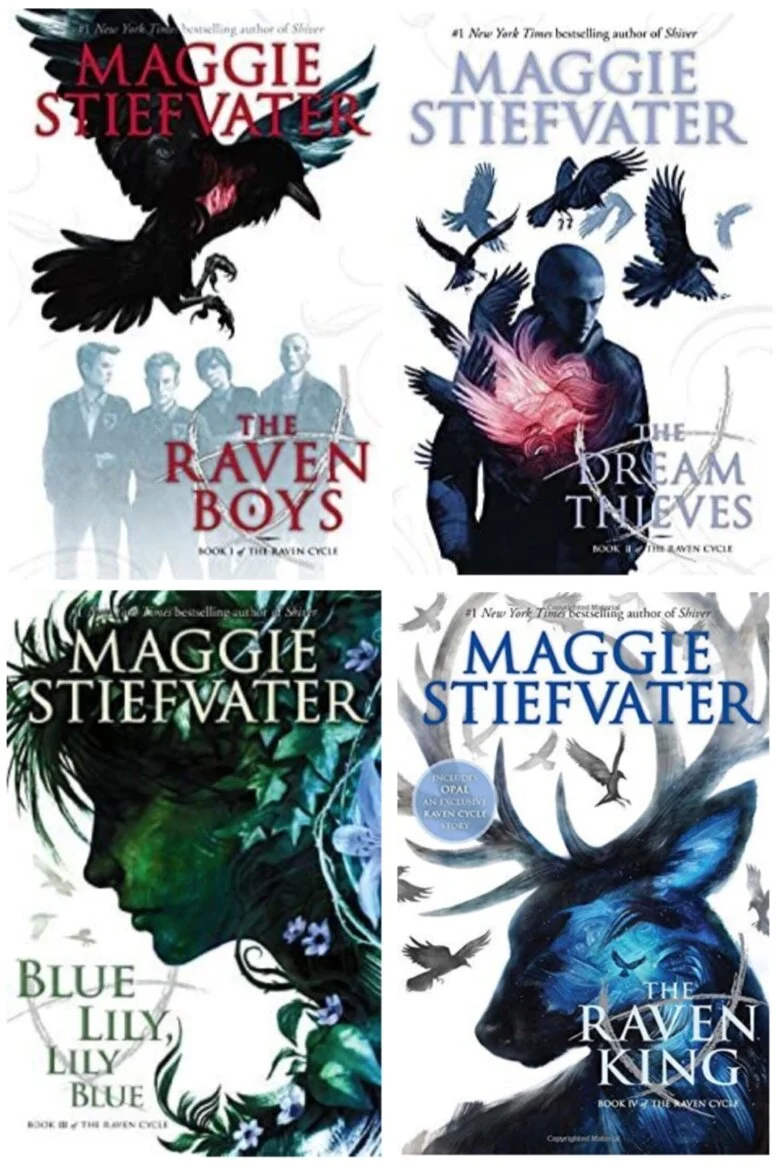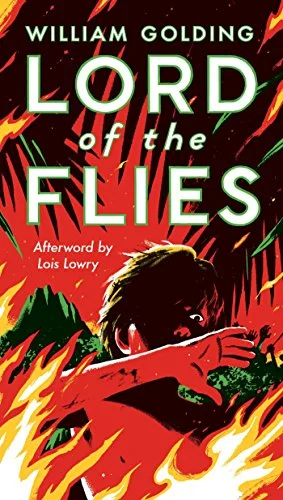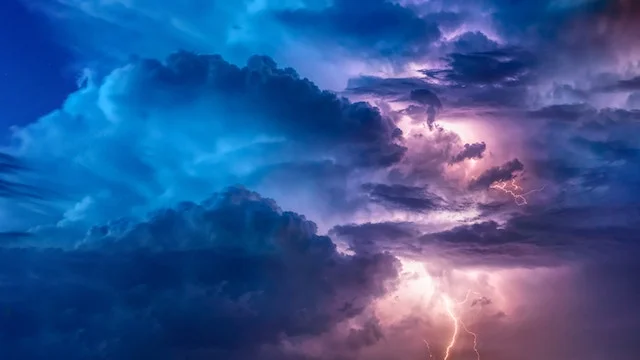Maggie Stiefvater’s The Raven Cycle is a contemporary fantasy series known for its layered symbolism, lyrical prose, and rich character dynamics. At the center of its numerological architecture stands the number four—a number that recurs throughout the narrative in both literal and symbolic ways.
The repetition of this number is far from incidental. It informs the relationships, themes, and structure of the series, embedding itself in the magic system and character development with intentional precision.
The foundational group: the four Raven Boys
The most immediate presence of the number four comes through the core group of protagonists. Gansey, Ronan, Adam, and Noah comprise a tightly connected quartet attending Aglionby Academy. Their friendship and the dynamic among them serve as the emotional anchor of the series. Each boy brings a unique personality, backstory, and worldview, forming a complete unit when together.
- Gansey: The leader, intellectual, and idealist. His obsession with finding the sleeping Welsh king Glendower gives the story its central quest.
- Ronan: The troubled dreamer with a sharp edge and a complicated relationship with magic and faith.
- Adam: The determined and self-reliant scholar from a working-class background who makes difficult sacrifices to belong.
- Noah: The quiet, ghostly observer who holds secrets that reshape the understanding of time and reality in the series.
These four characters are often seen together, and their connection is described as something more than friendship—a bond woven by fate, magic, and prophecy. Their number not only reflects their completeness but echoes many symbolic interpretations of the number four: stability, structure, and totality.
Symbolic associations of the number four
In various cultures and systems of thought, the number four signifies foundational elements. In The Raven Cycle, these associations align with both the personalities of the main characters and the metaphysical undercurrents of the story.
Common symbolic representations of the number four include:
- The four classical elements: Earth, Air, Fire, and Water
- The four cardinal directions: North, South, East, and West
- The four seasons: Spring, Summer, Autumn, and Winter
- The four phases of the moon: New, Waxing, Full, and Waning
Each of these symbolic sets implies completeness and cyclical motion—concepts that mirror the ongoing search for Glendower, the shifting allegiances between characters, and the recurring interactions between the supernatural and the mundane.
Blue Sargent as the disruptive fifth
While the group of Raven Boys begins as four, Blue Sargent’s entrance adds a fifth presence. However, her inclusion does not dismantle the significance of four—it redefines it. Blue stands apart from the boys in several ways: she’s not wealthy, not enrolled at Aglionby, and she comes from a family of psychics. Her energy disrupts and eventually complements the dynamic, functioning more as an axis around which the group rotates than an equal part of the original four.
Her connection to each of the boys is different, and her presence challenges their unity in ways that reflect transformation rather than replacement. Blue’s symbolic position reinforces the idea that while four is the foundational number, growth sometimes requires expansion or rupture.
The ley line structure
One of the key mystical concepts in the series is the ley line, a powerful line of supernatural energy that runs through the fictional town of Henrietta. The search for Glendower depends on understanding and awakening this line. The energy patterns of the ley line mirror grid-like systems often based on four-point geometries—intersecting lines forming nodes at four corners, quadrants, and directional flows.
This grid structure reflects an ordered system of power, echoing the idea that four is a number of balance. The characters, too, act like nodes in the ley line’s system. When separated, the power of their quest weakens. Together, they form a balanced configuration, able to interact with magical forces in meaningful ways.
The dreamer’s triad and the phantom fourth
In The Dream Thieves, the number four takes on additional layers through the concept of dreamers. Ronan Lynch is one of three dreamers in the series, with the other two revealed later as his brother Matthew and another character of great narrative importance. However, dreamers cannot exist in isolation—they require balance, connection, and in Ronan’s case, a tether to the real world. Ronan’s connections with Adam, Gansey, and eventually others form a kind of symbolic square—he is the dreamer, and they are the grounding points.
This stabilizing triangle allows Ronan to channel his dangerous gift. When the balance shifts, the power of the dream world threatens to collapse into chaos. The structure always attempts to return to four, emphasizing that even within subplots, the balance implied by that number remains crucial.
Death, memory, and time
Noah Czerny’s existence as a ghost further illustrates the significance of four. Though physically dead, he remains emotionally and narratively present. The group’s four-part identity includes him not only in memory but in function—he contributes to the search, reveals information, and connects the past with the present.
This echoes ancient beliefs in the fourfold division of time:
- Past (Noah)
- Present (Adam)
- Future (Gansey, through prophecy)
- Dream (Ronan, through creation)
By anchoring time and function in a four-part framework, the narrative reinforces the number as a stabilizing element across metaphysical layers.
Prophecy and fate tied to quadrants
Throughout the series, the concept of fate is framed in fours. Gansey’s prophesied death looms over the narrative as a fixed point. The tension of trying to change a predestined future mirrors the attempt to disrupt a square—altering one point throws the entire shape off balance.
This structure is seen in how each character responds to destiny:
- Gansey attempts to understand and possibly resist his fate.
- Ronan confronts the dream-world and the burden of inherited magic.
- Adam sacrifices control to the ley line, binding himself to its future.
- Noah, as a ghost, becomes a reminder of the inescapability of fate.
Each response complements the others, creating a balanced representation of acceptance, resistance, control, and loss.
Legacy of the number four in the series’ conclusion
By the end of the series, the group’s configuration evolves. Characters grow, shift allegiances, and carry new responsibilities. Yet, the stability and symbolism of the number four remain imprinted in the structure of their relationships. Even as new forces emerge and mysteries unravel, the foundational shape—four distinct, connected individuals—remains the frame through which meaning is interpreted.
The number four, then, is more than a recurring motif. It is the quiet scaffolding on which the series hangs its emotional, mystical, and narrative weight. It appears in friendships, mythologies, symbols of time and space, and the rhythms of dreams and death. In every instance, it offers coherence in a world brimming with magic, uncertainty, and transformation.


